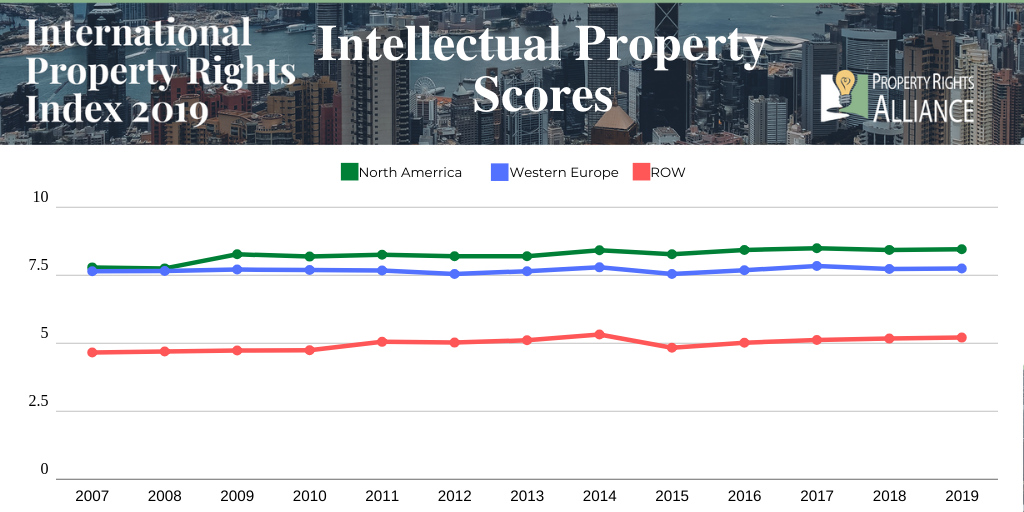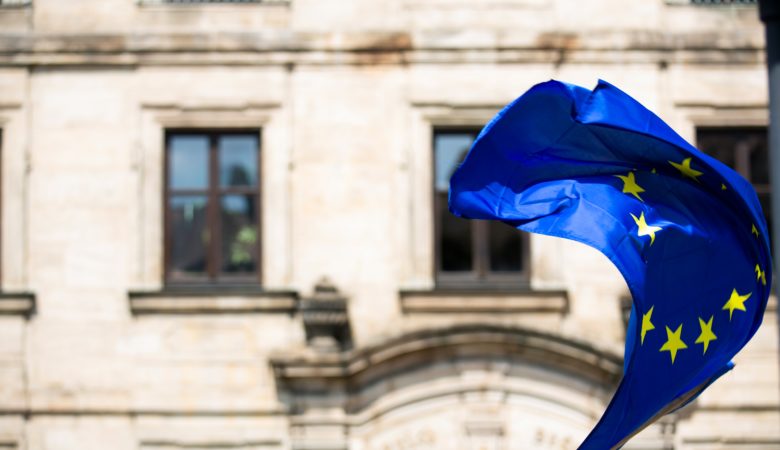Cost of IPR Infringement in the EU: Jobs, Crime, and Health
A report by the European Union Intellectual Property Office estimates, on an annual basis, the costs of IPR infringement includes a loss of €83 billion in sales, a loss of 671,000 jobs, a loss of €15 billion in government revenue, an increase in organized crime, and an increased risk to the health of consumers.
The status report on IPR infringement from the EUIPO gathers relevant data on Europe’s IP economy in one place. IPR-intensive industries in the EU account for approximately 45% of GDP and 29% of employment. These sectors also generate a trade surplus of about €96 billion with the rest of the world. With figures like this, IPR infringement has become a target for criminal activity that violates intellectual property but harms the economy and consumers overall.
In recent years the problem of traded counterfeit goods has increased in the EU, reaching a high of 6.8% of total EU imports or €121 billion, according to the latest OECD data published in 2019. This number not only highlights how counterfeiting has become even more serious in recent years but also how the internet and weak enforcement have enabled infringers to continue unabated.
According to the report, the estimated direct and indirect annual costs of infringement, for only eleven IP-intensive sectors include a loss of 6.4% of sales, direct employment loss of 416,000 jobs, indirect employment loss of 255,000 jobs, and €15 billion in tax revenue. On the other side, organized crime groups have been able to industrialize illicit IPR activity and leverage growth to other areas such as money-laundering, document fraud, cyber and finical fraud, and drug trafficking.
Christian Archambeau, executive director of the EUIPO, commented on the report that “counterfeiting is not a victimless crime, as fake products take sales away from a legitimate business and deprive governments of much-needed revenue and carry clear heath and safety risks for consumers.”
Along with significant revenue losses, the report highlights the health and safety risks correlated with counterfeited goods. They do not go through the same health and safety tests that determine products safe for consumer use. They are made by criminal syndicates seeking to cut corners for low-risk high-reward profit. They have no regard for a reputation to defend in the market or consider consumer health or satisfaction a priority. Every year consumers fall victim to batteries that catch fire, toxic cosmetics, fake baby formula, and deadly pharmaceuticals.
In the time of COVID-19, scammers have taken advantage of the scarcity of real lifesaving personal protective equipment to target frontline health workers. The sector remains one of the most targeted for counterfeits and is the fastest-growing of all sectors.
Intellectual property rights encourage innovation, allow innovators to establish reputations based on services in the market, and allow consumers to better communicate tastes and preferences. Overall, countries in the European Union enjoy higher levels of IP protection compared to other regions, according to the International Property Rights Index. Finland, for example, has the highest score for property rights overall and is also first for IP protections, followed by the United States, Yet, as evident in the EUIPO report, IPR infringements still incur significant economic and social costs in the EU.

Photo Credit: Markus Spiske

